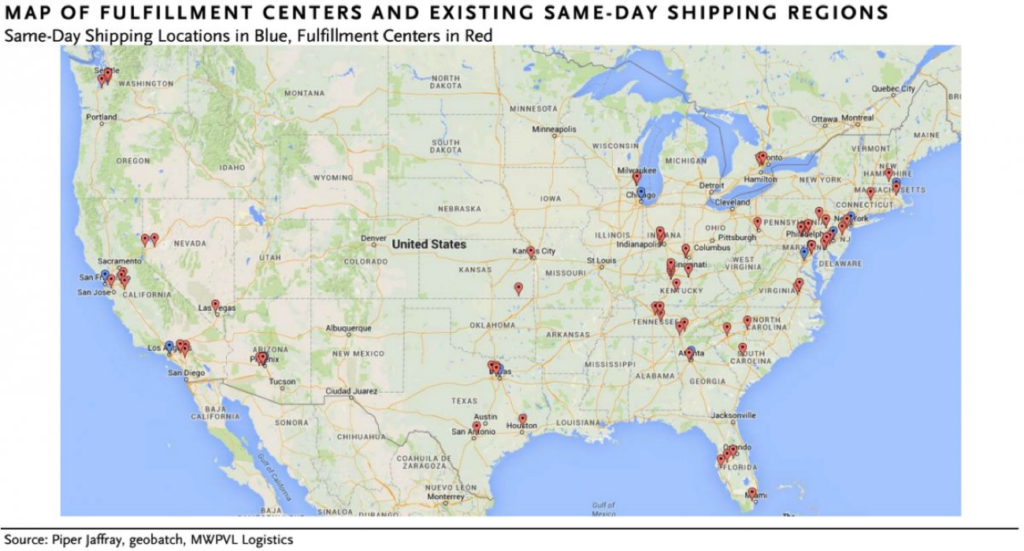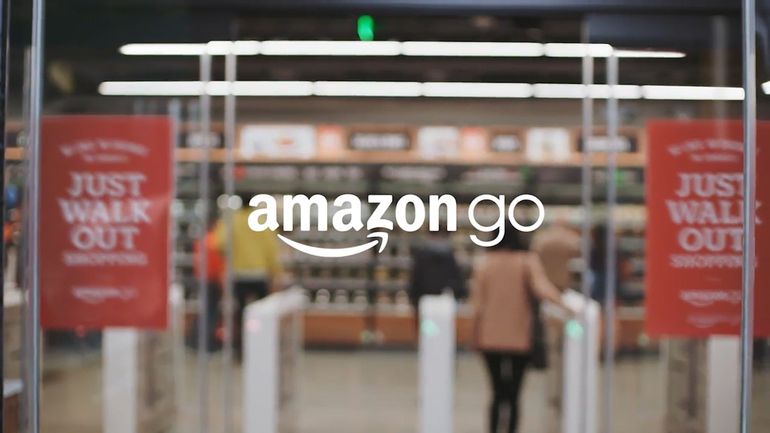After many months, if not years, of speculation about Amazon’s intentions to enter into the brick and mortar space, it was finally confirmed this month with the e-tail giant launching its first physical grocery store in Seattle. The store was aptly named Amazon Go – in line with its innovative idea of a brick and mortar store that aims to eliminate the waiting lines that shoppers consider an integral part of big box stores.
At the root of this initiative lies Amazon’s ambitions in the $600-billion-plus grocery market, which has remained largely elusive to a company that has been used to getting what it wants. Amazon’s grocery ambitions are nearly a decade old. Amazon Fresh, the company’s original foray into grocery market, began in 2007 with pilot operations in Mercer Island, Washington. Since then, the concept has expanded to a handful of cities – which, incidentally, is less than the number of countries where Amazon now has a presence.
The Shipping Challenge in Online Retail
For any e-commerce company, the shipping is possibly the most challenging part. There are established shippers who can take care of that for you, naturally, but there is always a significant cost involved. Inevitably, that cost gets transferred to the end customer. In a physical store, the upfront cost of setting up the store and the ongoing maintenance and other overheads are significantly more, but every customer that walks in and buys something contributes to bringing down that cost. In order words, each customer gives the retailer a return on their investment.
Not so with e-commerce. Every additional customer puts an additional cost burden on the retailer in the form of shipping costs.
To take that at step further, if a shopper goes to a store ten times a month, the retailer’s cost of doing business keeps going down. For an e-commerce company, it keeps going up because each order means a new shipping fee.
But shipping costs are only one of the problems for an online retailer, and that’s something Amazon has already overcome because of its size, scale and footprint across the United States. That’s the reason they’re posting consistent profits in the North American retail segment in recent quarters.
The Bigger Problem of Grocery Delivery
The other problem is that Amazon hasn’t been able to get into the grocery segment in any meaningful way in the last ten years. And it’s not because of shipping costs. It’s now down to another factor called time. Obviously, perishables won’t benefit from “free two-day shipping”, so the challenge here has not been their shipping cost, but their physical presence across the country. Every second that an item takes to get from the farm to the customer’s shopping cart is critical, and that’s where the scale of the Walmarts and Krogers of the market have a distinct advantage. They’ve got the procurement know-how, the logistics capability and the systems in place to keep their inventory fresh and flowing in. And that’s where many big box stores have had – and continue to have – the edge over Amazon.
This can be the only reason why Amazon was so slow to expand its grocery operations. The company cannot afford to put off its customers, because earning them back might take much longer considering the prolonged hold that Walmart and Kroger have had over this highly competitive and time-sensitive segment.
It’s All About Location, Location, Location!
Both retailers have thousands of stores spread across the length and breadth of the country, and a proper supply chain that is already in place to buy the groceries, ship them to stores all over the country and keep them there till the customer waltzes in to pick them up.
Of course, Amazon does not have such a large footprint across the nation. The company does not give its fulfillment center count in the U.S., but we can deduce because a key aspect of Amazon’s disruption in the retail space is the alternate delivery method they offered shoppers. No stores, just clicks. That meant they could get away with a much smaller physical presence than traditional retailers. But let’s see if we can dig up some numbers to support that assumption.

“Piper Jaffray analysts estimate that the locations of Amazon’s fulfillment centers bring it within 20 miles of 31% of population, but within 20 miles of 50-65% of its core same-day addressable market (Jaffray came to this higher percentage by predicting that only households with an annual income of $50,000 would be interested in same-day delivery).” Business Insider, March, 2015.
Even though their presence will have expanded in the year and a half since that was written, with so much of the population sitting outside the reach of single-day shipment it will be a while before Amazon can complement its current physical presence enough to start competing against bigger grocery and retail chains.
Without such a footprint there is no way Amazon can compete with Walmart and Kroger, and their moat in grocery will remain a huge thorn in Amazon’s side. What’s worse, Walmart and Kroger will keep expanding their online operations while Amazon continues to invest in the physical space. Though that’s currently a long-term threat on Amazon’s horizon, it is a very real one.
Thanks for reading our work! Please bookmark 1redDrop.com to keep tabs on the hottest, most happening tech and business news from around the world. On Apple News, please favorite the 1redDrop channel to get us in your news feed.



